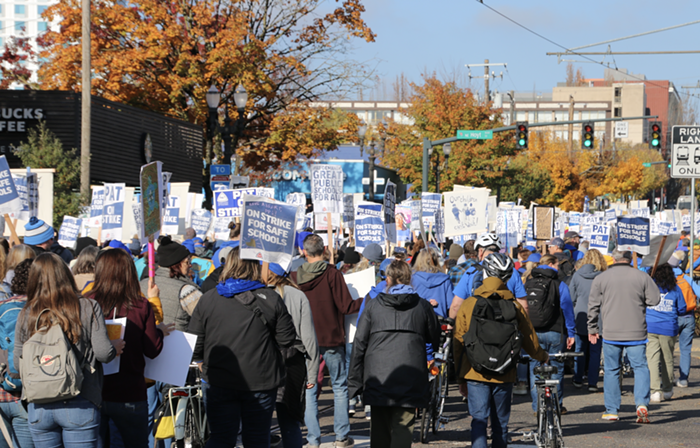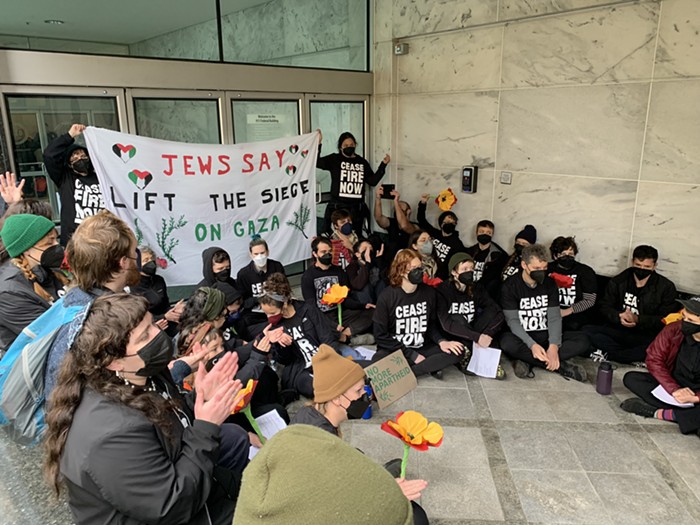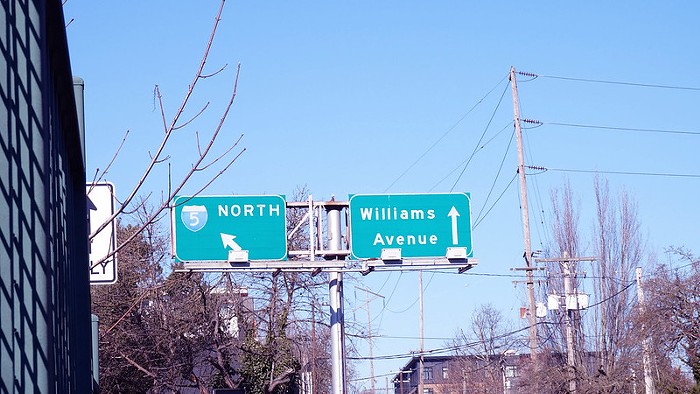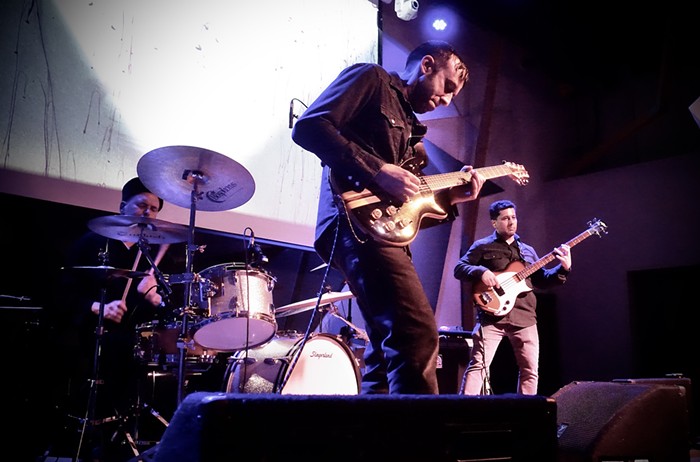IT'S HALLOWEEN NIGHT, and the line to get inside Lone Fir Cemetery stretches down 26th Avenue and around the corner. Portland's oldest graveyard is popular among the living and the dead—a little too popular. After all, the Friday before Halloween, the cemetery's manager, Metro, revealed that because of patchy 130-year-old cemetery records, they'd accidentally sold 640 Portland graves (most of them in Lone Fir) twice.
Pumpkins and tiki torches shine out from the evening gloom and aging Lone Fir tombstones to greet all the visitors. The sold-out cemetery is playing host to some 1,500 Portlanders who bought tickets to tour its spooky confines and watch actors play some of its more notable residents. In red lips, a donated velvet cape, and my high-school prom dress, I am playing three roles: tour guide, dead wife of city father Dr. James Hawthorne, and person terrified that a senior citizen would trip over a historic tombstone and face-plant on the grass during my watch.
The Tour of Untimely Departures, an all-volunteer effort, raises money to maintain the cemetery, charging 10 bucks a head. It also keeps out all the corporeal poltergeists who used to haunt the cemetery on Halloween, and vandalize it with cans of spray paint and Natty Ice.
"Instead of keeping people out, they decided to invite people in," says Friends of Lone Fir Cemetery Vice Chair Frank Schaefer, a guy who looks strikingly like Spike from Buffy the Vampire Slayer and, by the way, owns a vintage hearse with a license plate reading, "SHRIEK." "Now the vandalism on Halloween is nonexistent and it educates people about the history of the cemetery."
As I lead a crowd of 30 Portlanders over muddy dirt, I tell them Lone Fir cemetery is a democratic place: The city's richest citizens are graveyard neighbors with unknown workers and poor immigrants.
Is it weird to have a favorite gravesite? Not here. I have three. The first, which draws "oohs" and "aahs" from the crowd, is the grave of cemetery founder J.B. Stephens and his wife, a creepy pair of full-body carvings that stare out at what was the original "lone fir"—and what's now a rather woodsy cemetery. The second is a nameless grave, the marker for Alice Oberle, a prostitute who's said to have slept with 6,000 men before she died of cirrhosis. Her lovers paid for a giant stone, but her moralist sister had both the engraving and Alice's body removed. Finally, there's the grave of Julius Logus, a fat German butcher whose performance is a hit on the tour, as he emphasizes key parts of his little speech by whacking a meat cleaver into a chunk of real steak.
In part, it's Lone Fir's messy history—which makes the place so interesting—that led to the whole twice-sold grave debacle. The records for the cemetery, founded around 1854, were patchy at best until recent years. Some burials were written only on long, thin reeds bound together into pages. And while burials of notable Portlanders recorded their full name and gravesite location, the hundreds of Chinese immigrants interred at Lone Fir were recorded as simply, "Chinaman, Chinaman, Chinaman."
Metro stopped selling graves at Lone Fir in 2008, and now the agency is muddling through exactly how to get the twice-sold graves into the hands of the rightful owners. The agency took great pains to note that "probing" of the graves revealed that none were home to double burials. This is a land-sales issue, luckily, not a case of corpses stacked two deep. But it's still just another note in Lone Fir's long and peculiar history.



















